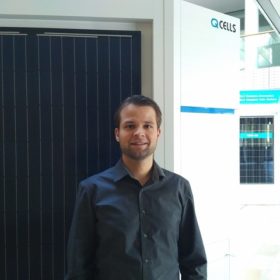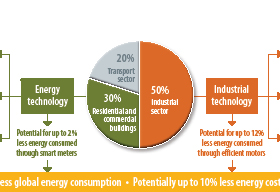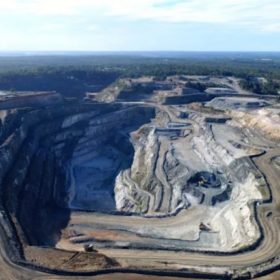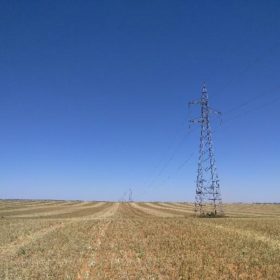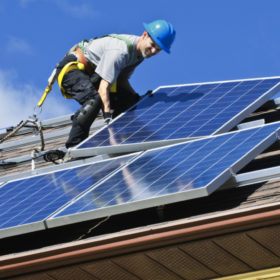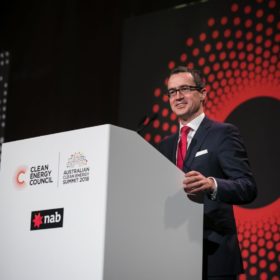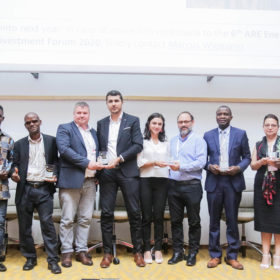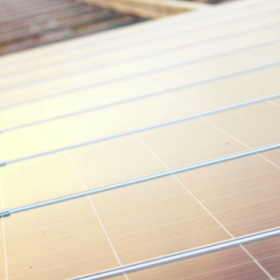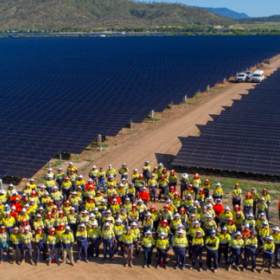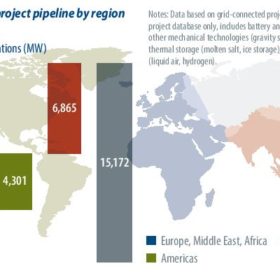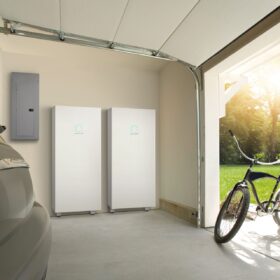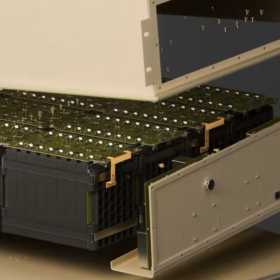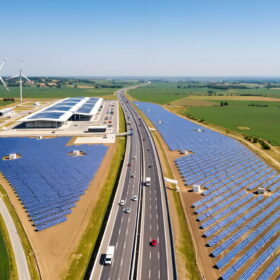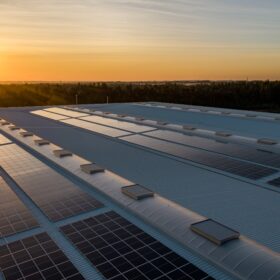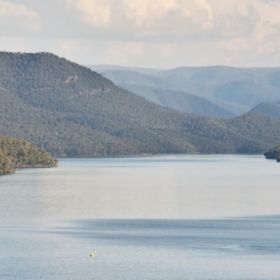Cost reduction-per-kWh reduction “completely transforms” PV industry
Maximilian Schurade, Director of Technical Marketing Support at Hanwha Q Cells shares his thoughts on the solar industries current trends and challenges ahead of speaking at this year’s Smart Energy Conference and Exhibition in Sydney.
Strategies vary, but the goal remains the same
It’s no secret that global energy demand continues to rise, with some estimating an increase of a third by 2040. Meanwhile, writes David Green, Research & Analysis Manager for Smart Utilities Infrastructure at IHS Markit, the energy industry is on the cusp of a 100 year change away from oil and coal hydrocarbons towards renewables and natural gas. Every stakeholder in the industry has a role to play in the energy transition, including within the industrial sector which accounts for 50% of global energy consumption.
Sods turned on Australia’s biggest lithium hydroxide facility
A ceremony was held today in WA’s South West to mark the commencement of construction on what is said to be Australia’s biggest lithium processing plant. The $1 billion facility is being developed by U.S. company Albemarle and targets 100,000 tonnes of battery-grade lithium hydroxide a year.
“Over 10% less”: six solar farms slammed by proposed MLFs
Proposed marginal loss factors (MLFs) will result in six utility scale solar projects receiving a 10% or more reduction in revenues, at current prices and if imposed as proposed by AEMO. Worsening MLFs add to mounting pressures for large scale PV project developers in 2019.
Victoria to require installers to sign CEC’s Code of Conduct for Solar Homes
The Victorian government is giving smaller solar installers eight months to sign up to the Clean Energy Council’s Solar Retailer Code of Conduct if they want to qualify for the Solar Homes program. For larger retailers, the deadline to become Approved Solar Retailers is July.
Why we need the Approved Solar Retailer program – and why Victoria is demanding it
Purchasing solar is complex and confusing for customers. They need help in determining which retailers meet higher standards of service and will provide a comprehensive whole-of-system warranty, whose marketing claims can be trusted and whose directors haven’t run other dodgy solar companies that avoid their obligations and rip people off.
Tesvolt wins second international award for WA avocado farm project
German battery supplier and integrator Tesvolt has been recognized by the Alliance for Rural Electrification for its battery 48 kWh project at an avocado farm in Pemberton, in WA’s Southwest. The project integrates the lithium ion system with a 160 kWh saltwater battery and 53 kW solar array – allowing the farm to become 100% self sufficient.
Canadian Solar CEO: Energy storage key to sustaining long-term, stable Australian PV market
Canadian Solar has been acquiring utility scale projects and signing module supply and EPC deals at a rapid pace in recent months. For Shawn Qu, Canadian’s Founder and CEO, he would prefer the market to continue at a stable level, rather than boom and bust. And he argues that the dual role of module maker and developer delivers value insights into pricing and technology trades – giving the company an advantage over rivals.
Long read: Delays spell disaster for RCR
Too big, too fast: The solar industry is littered with graves of companies that flew too high and were burnt by the sun. There will be no second rising for Australian EPC RCR Tomlinson, which learned that fortunes can fade with frightening alacrity in the PV project business.
Global battery storage pipeline reaches 15 GW
As data drifts in, 2018 is shaping up to have been a record-breaking year for battery energy storage, writes IHS Markit senior analyst Julian Jansen. Especially for front-of-the-meter projects, which experienced rapid growth. This growth was led by significant activity in South Korea, the United Kingdom, the United States, Australia, and China, which together accounted for 78% of battery energy storage projects commissioned in 2018, according to the Q4 2018 edition of the IHS Markit “Energy Storage Company and Project Database.”

